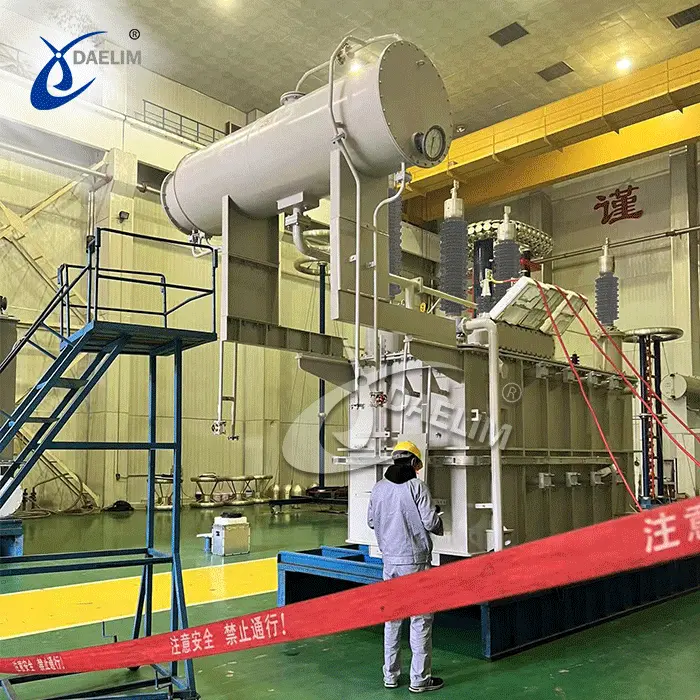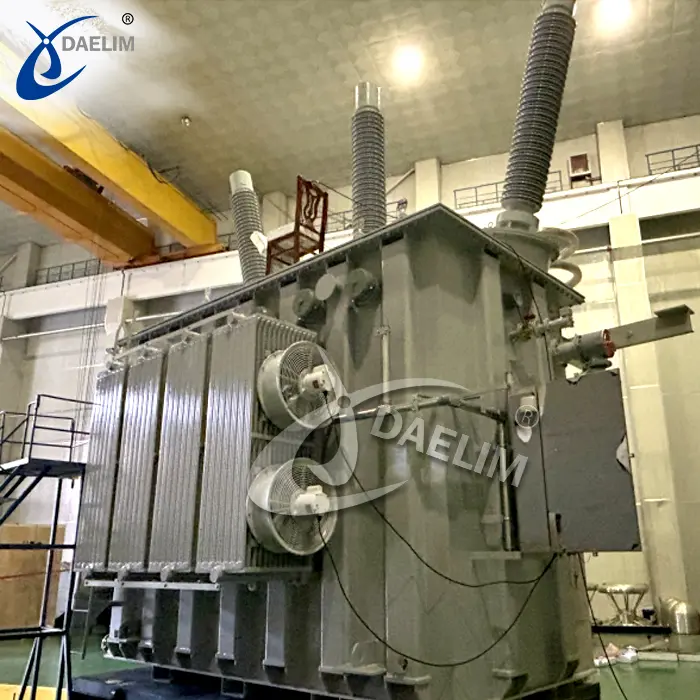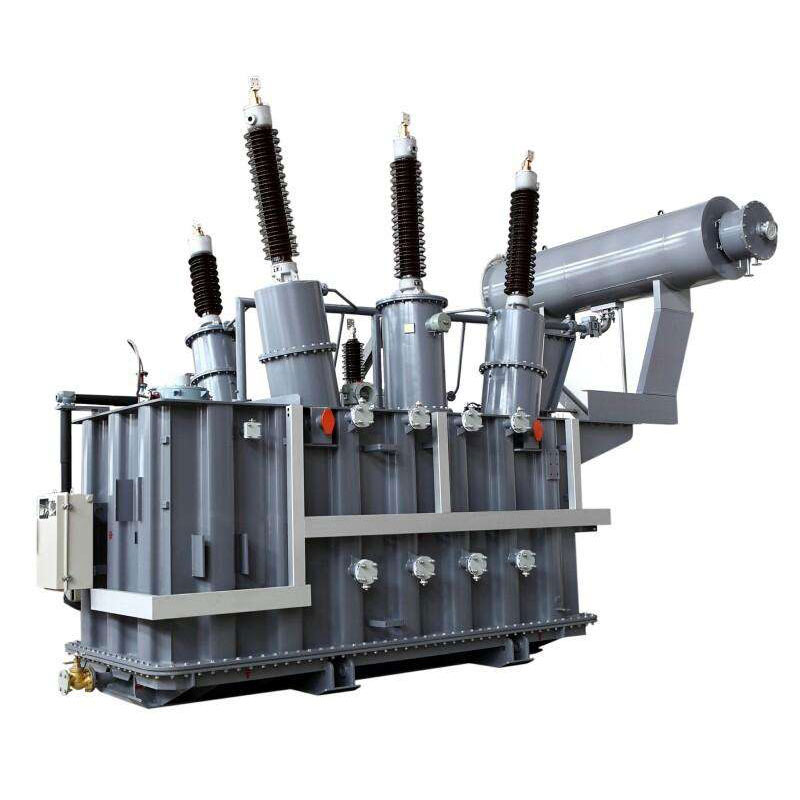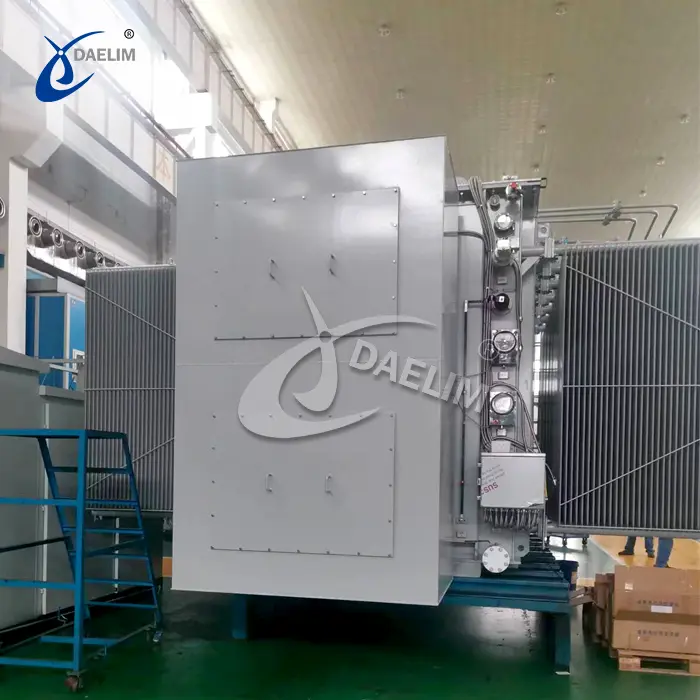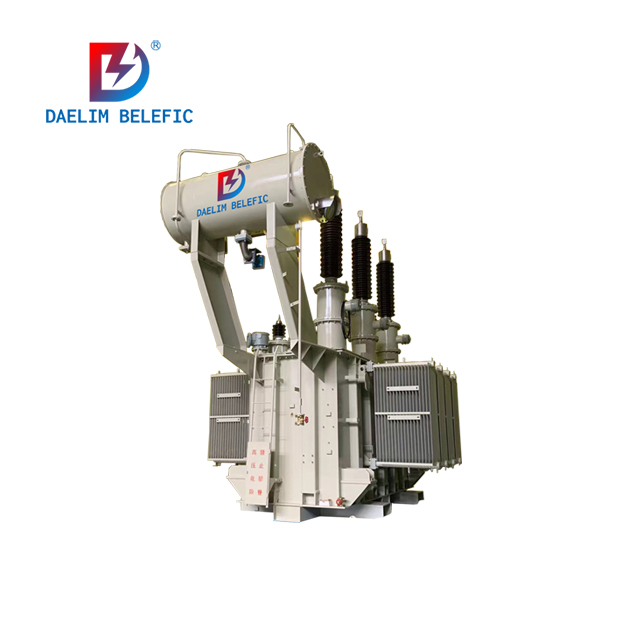How does the transformer transmit electrical energy?
Transformers are static electrical devices that convert AC power from one voltage level to another at the same frequency through electromagnetic induction between coils. They perform functions such as voltage transformation, current transformation, impedance transformation, and circuit isolation.
Main Components and Functionality
The primary components of a transformer are the iron core and two windings on the iron core. These windings have magnetic coupling but no electrical connection. When an alternating voltage is applied to the primary winding, it generates a changing magnetic flux that crosses both the primary and secondary windings, inducing electromotive forces (e1 and e2) in each winding.
The transformer maintains the same main magnetic flux regardless of whether it is lightly loaded, heavily loaded, or unloaded. However, the amount of energy transmitted varies based on load conditions. The voltage generated on the primary and secondary sides is e1=-N1dφ/dt, and the voltage generated on the secondary side is e2=-N2dφ/dt.
Where N1and N2 are the number of turns in the primary and secondary windings, respectively.
Energy Transmission Process
The operation of a transformer involves not only voltage and current stabilization but also energy transfer. The amount of energy transferred depends on voltage, current, and time. While transforming voltage, the transformer reduces current, thereby decreasing energy loss in transmission lines. The energy transfer formula is: W=I2⋅R⋅t
As current (I) decreases, the energy consumed on the transmission line also decreases, which is a fundamental purpose of using transformers. They are designed to enhance energy efficiency, not to increase energy.
Electromagnetic Induction Principle
According to the principle of electromagnetic induction, ignoring the resistance of the primary winding and leakage impedance (assuming an ideal transformer with infinite magnetic permeability and no core loss), the induced electromotive forces are:
e1=u1
e2 =(N2/N1)⋅e1
This ideal transformer model helps in understanding the potential balance and energy transfer dynamics in real transformers.
Conclusion
Transformers effectively transmit electrical energy by leveraging electromagnetic induction. They play a crucial role in reducing current and energy consumption on transmission lines, ensuring efficient energy transfer across different voltage levels.
Related Products
Related Article
Relationship Between Dissolved Gas in Oil and Transformer Faults
Transformer oil serves as insulation and cooling. Faults cause chemical decomposition, producing gases. Analyzing dissolved gases in the oil helps determine fault presence, nature, and severity. Key gases include CH4, C2H6, C2H4, and C2H2, indicating different fault types and temperatures.
Precautions for Analyzing Transformer Faults by Gas Chromatography
Gas chromatography is used to analyze transformer oil for fault diagnosis by identifying dissolved gases. This method, combined with electrical tests, ensures accurate fault detection, preventing transformer damage and ensuring safe, reliable operation.
What is the difference between rectifier transformer and power transformer?
Rectifier transformers convert AC to DC for industrial applications like electrolysis and smelting. Power transformers supply AC to power systems. They differ significantly in function, usage, output voltage, and design and manufacturing aspects.
Differences Between Dry Transformers and Oil Immersed Transformers
Dry transformers are used indoors for fire safety, have visible coils, resin insulation, and are costlier. Oil immersed transformers are outdoor units, use oil for cooling and insulation, handle higher capacities, and are more cost-effective.
What are the maintenance points for transformer operation?
To ensure safe transformer operation, monitor allowable temperature, temperature rise, and voltage regulation. Maintain power load at 75-90% of rated capacity. Manage overload conditions carefully. These practices prevent faults, prolonging transformer service life.


